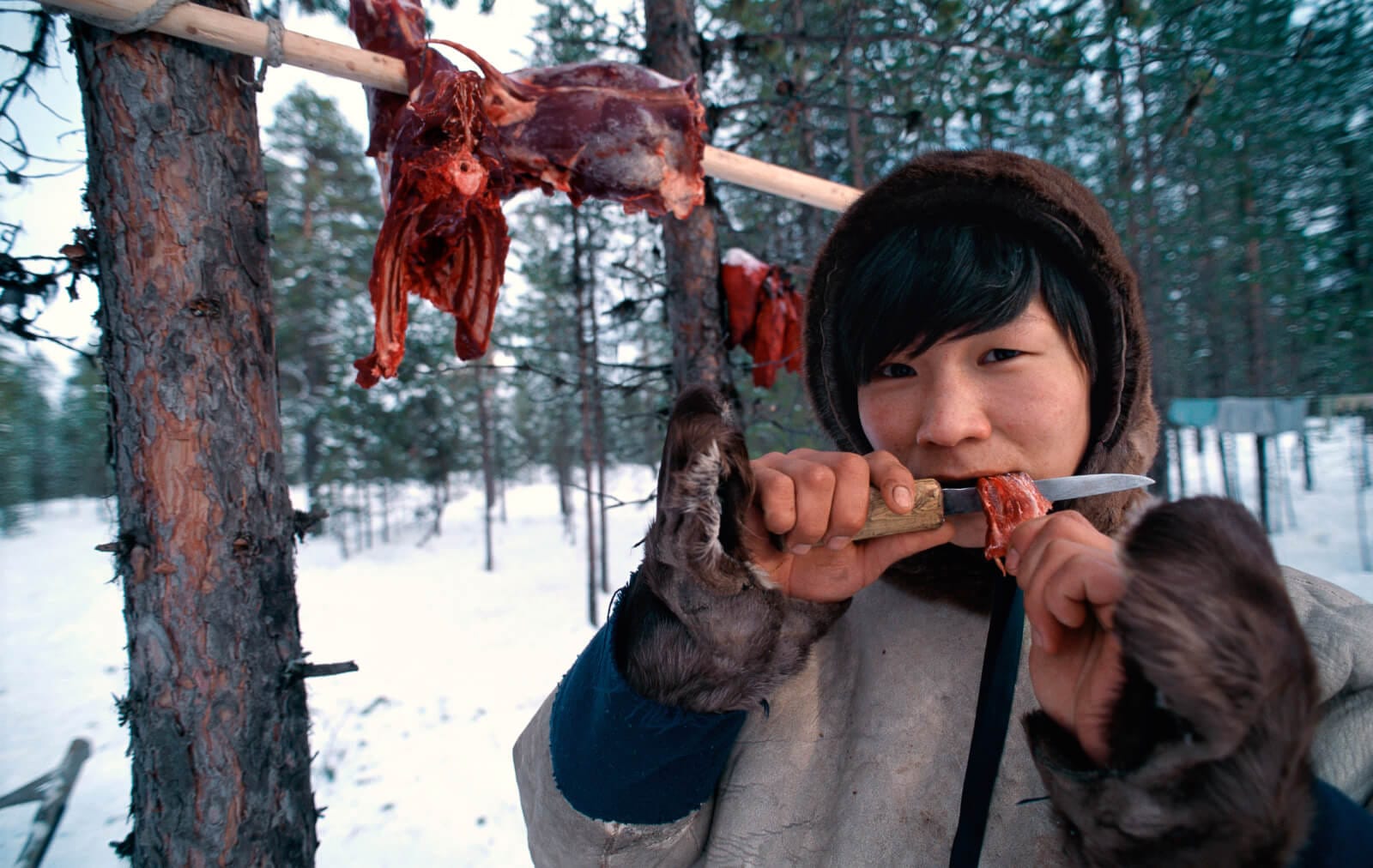
Actions
01. Reverse biodiversity loss
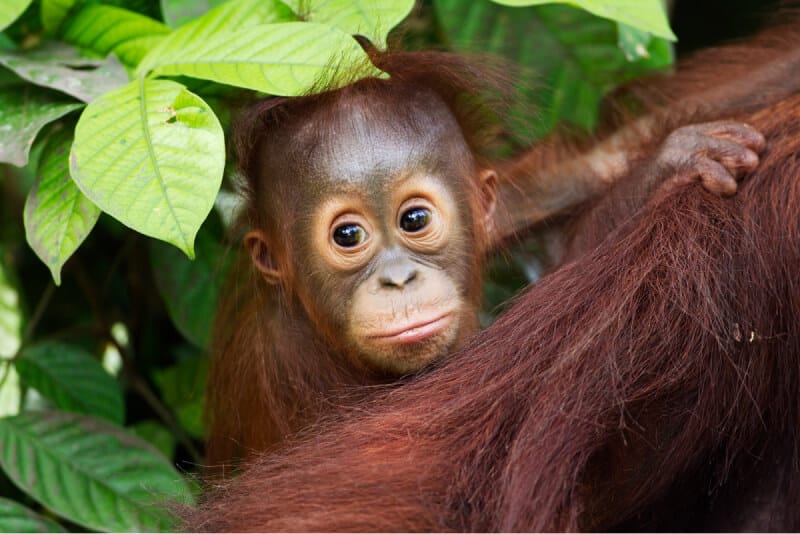
Our food systems are dependent on biodiversity for pollination, creating and maintaining healthy soils, pest control, water regulation, carbon sinks, and providing habitat for wildlife. Reversing the loss of biodiversity is thus essential for safeguarding our food systems in the long run.
One way to reduce biodiversity loss is to increase our consumption of plant-based foods relative to animal-source foods, which will reduce the pressure on agricultural lands to support livestock production.
On a global scale, a rebalancing of regional production based on biodiversity concerns could also mitigate additional stresses on land and reduce biodiversity loss. Trading between countries and regions could also improve our food security, by increasing the availability and stability of food at affordable prices.
02. Living within the global carbon budget for food
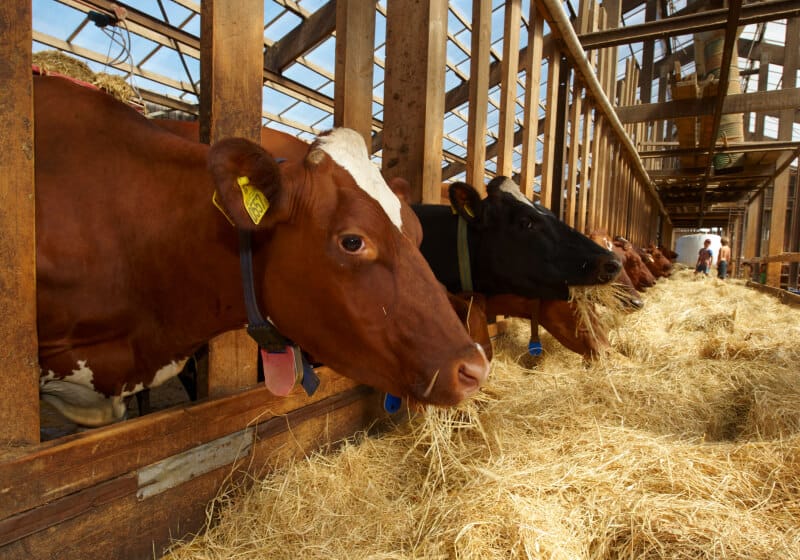
Our food systems are one of the main drivers of global greenhouse gas emissions, accounting for around 30% of total emissions. In order to keep global warming at or below 1.5°C, we need to rapidly decarbonize all industries by 2050. This means global emissions have to be halved every decade from now till 2050, while at the same time, carbon sinks have to be massively increased.
Research has shown that reducing our consumption of red meat and dairy products help cut down on global food-related greenhouse gas emissions. In fact, following a planet-based diet could reduce total emissions down to 9.9 Gt CO2e.
03. Feed the planet on existing cropland
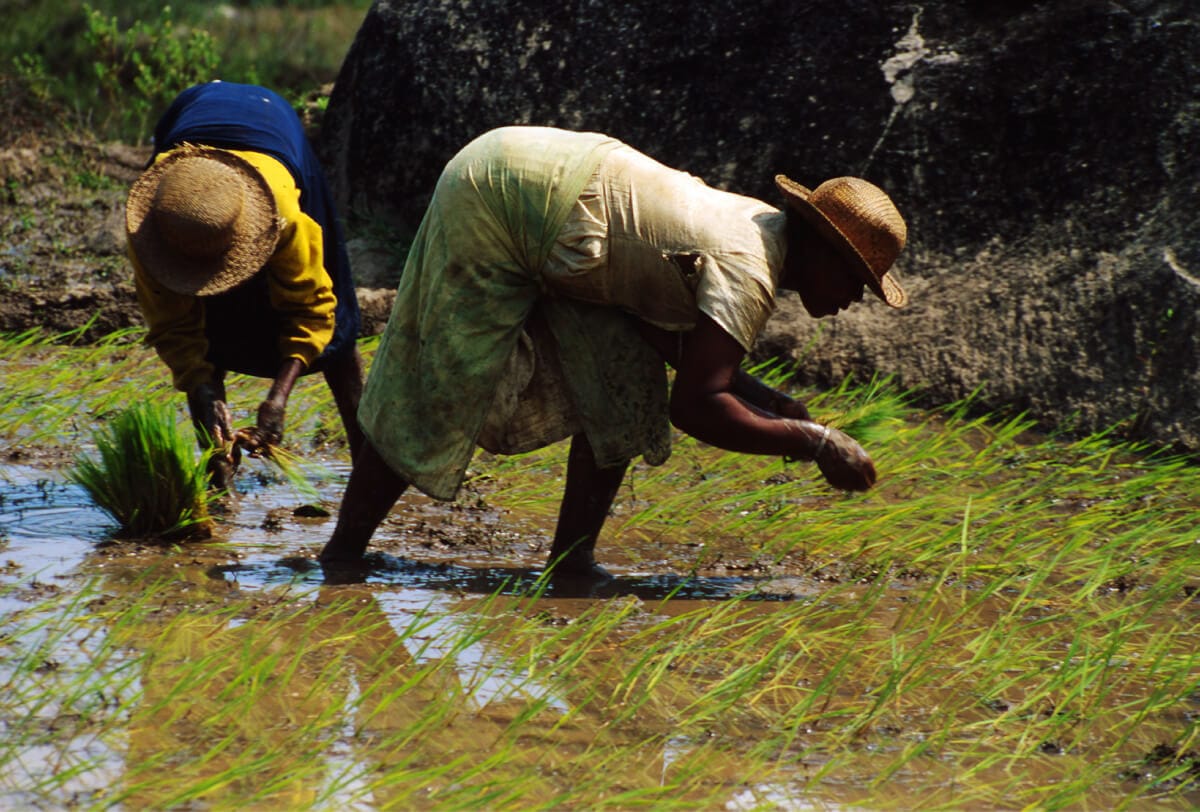
Currently, we are using approximately 40% of all habitable land on our planet to feed our global population. We should not be converting or degrading any more land, so we need to be growing crops only on the lands we are already using.
This means that we have to use arable land to grow food for human consumption, instead of growing feed for livestock - and that means we need to shift our diets. We don’t have to eliminate animal-source foods from our diets, but we need to ensure animals are being reared on natural grasslands instead of being fed with crops grown on deforested lands.
Considering that the population is expected to grow by 2 billion people by 2050, we also need to improve how we produce food, and reduce food loss and waste.
04. Achieve negative emissions
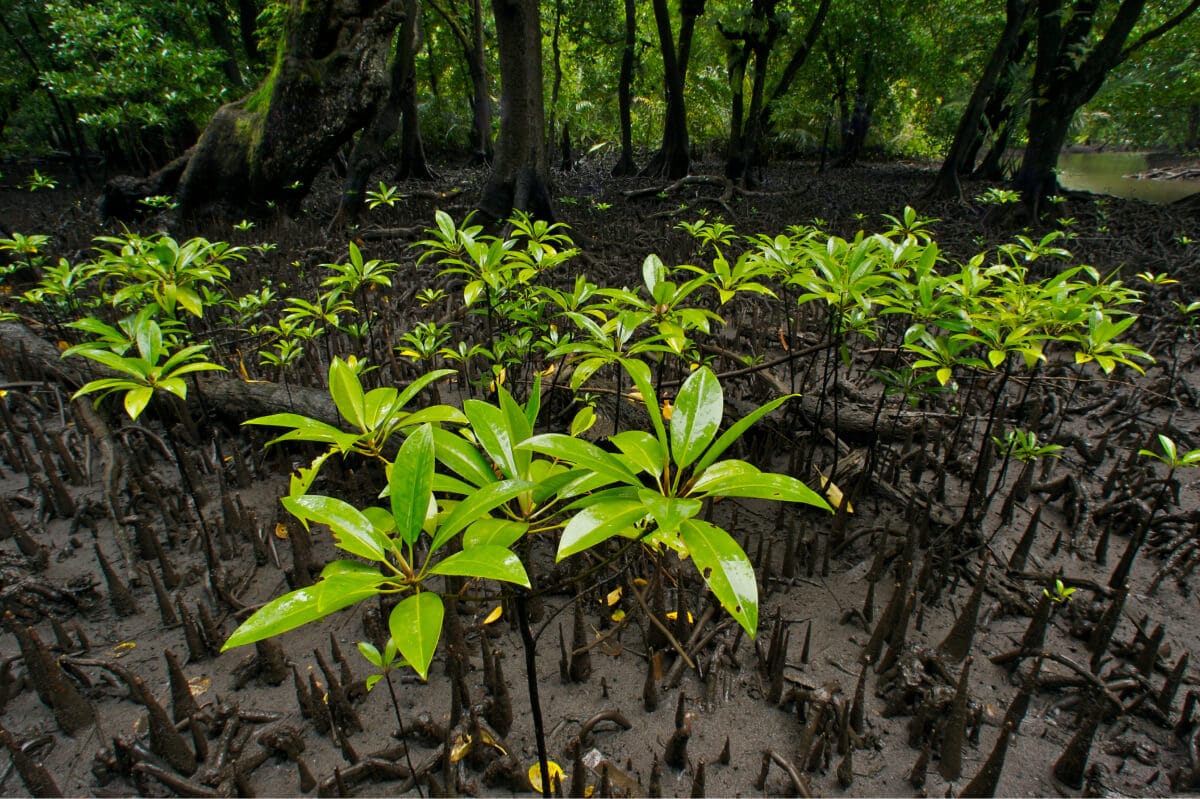
Under the Paris Agreement, countries pledged to keep the total global temperature below 2°C. However, the Intergovernmental Panel on Climate Change (IPCC) has found that to achieve this, we will need to use “negative emissions” to remove massive amounts of CO2 from the atmosphere, and store it on land, underground, or in the oceans.
By increasing our consumption of plant-based foods relative to animal-source foods, our food systems will require less agricultural land, enabling society to use land that was previously used for food production for other purposes, such as restoring nature (and capturing carbon). But we need to ensure we protect natural grasslands, rather than planting trees on them, and sometimes using them to raise animals to produce food delivers the best health, environmental and economic benefits.
It’s also important to examine the total net greenhouse gas emissions impact of our diets, by looking at the strength of the carbon sinks in countries where we import food. If we import food from a country with strong carbon sink potential, such as Brazil, then our dietary shifts will result in a larger carbon sequestration potential.
05. Optimize crop yields
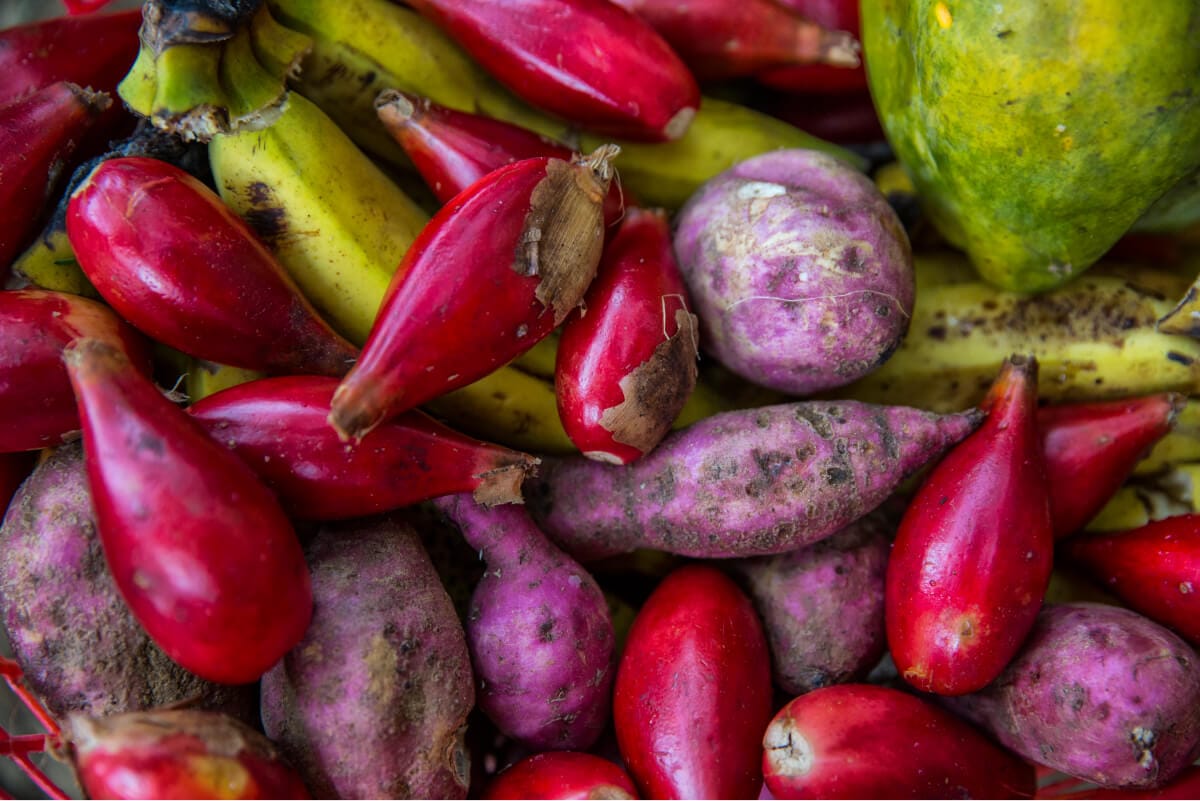
With an expected global population of 10 billion by 2050, we will have to increase the production of certain foods without causing further harm to the environment, by sustainably improving crop yields where possible, and optimising production on all available land.
Increasing crop yields using our current production methods would require additional water and fertiliser use, when global freshwater resources are already under strain, and nitrogen and phosphorus pollution already greatly exceed planetary boundaries in some locations.
Hence, we have to adopt significantly different methods of food production alongside dietary shifts, to feed 10 billion people within planetary boundaries. These include agroecological methods such as conservation agriculture, agroforestry, and regenerative agriculture.
